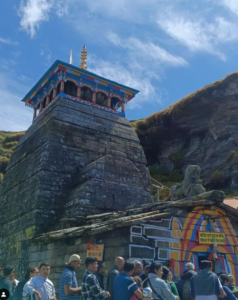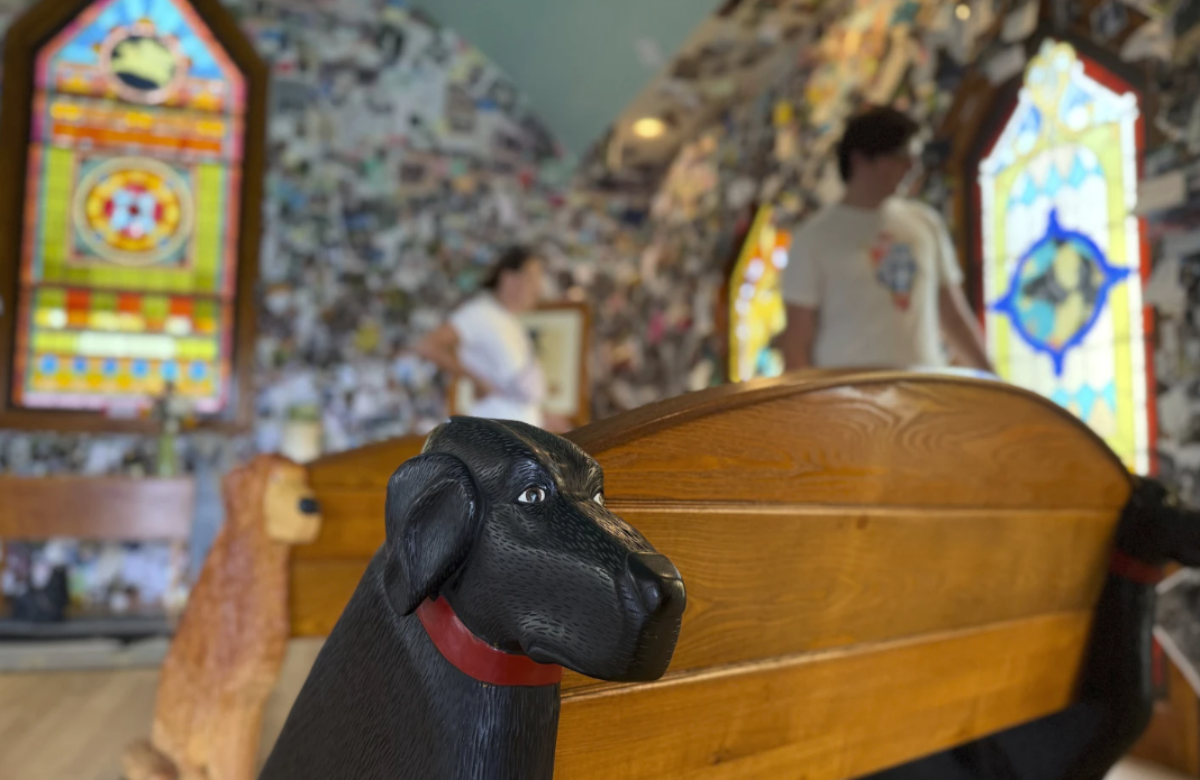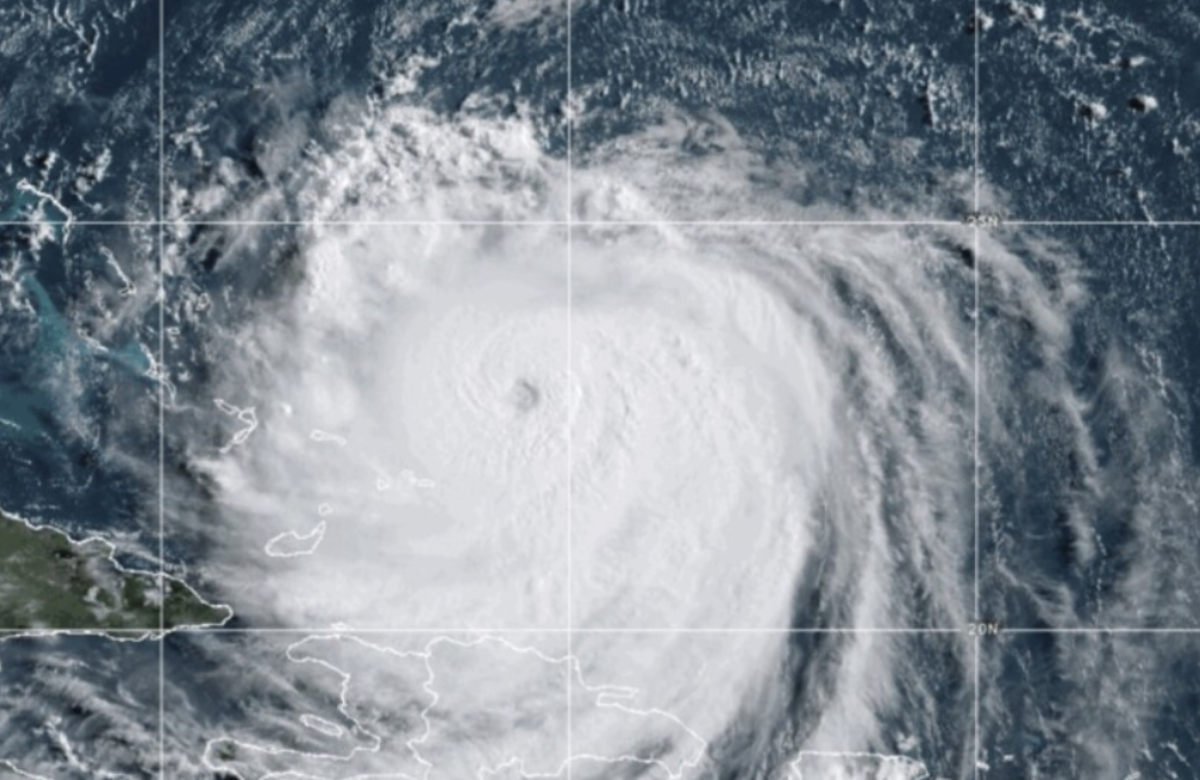The Tungnath Temple, located at an altitude of 3,680 meters in the Rudraprayag district of Uttarakhand, India, is facing severe structural challenges due to increased water leakage, subsidence, and a weakening foundation. The temple, dedicated to Lord Shiva, is the highest of the five Panch Kedar temples and holds significant religious importance. It is a popular pilgrimage destination for devotees and tourists alike, especially during the monsoon season, which has recently exacerbated the temple’s vulnerability. The monsoon rains, which typically last from June to September, have put immense pressure on the temple’s construction, which primarily consists of slate bricks and slabs.

Ajendra Ajay, the head of the Badrinath Kedarnath Temple Committee, raised concerns about the temple’s safety, revealing issues such as shifting wall slates and worsening water leakage. These problems have been accelerated by the heavy rainfall and the temple’s exposure to the harsh weather conditions at such a high altitude. The situation has prompted a significant response from both local authorities and experts in the field. The Geological Survey of India (GSI) and the Archaeological Survey of India (ASI) were contacted in September to assess the damage and provide recommendations for restoring the temple’s structure. Additionally, the Central Building Research Institute (CBRI) has been engaged to ensure the temple’s structural integrity is maintained.
Manoj Saxena, the superintendent archaeologist at ASI, visited the site to evaluate the situation. Although the temple is not officially protected by ASI, Saxena provided recommendations, leaving the decision to implement repairs to the temple committee and the Uttarakhand government. The urgent need for action to protect the revered site is evident, as the damage has the potential to worsen if left unaddressed.
In response to the situation, Satpal Maharaj, Uttarakhand’s tourism minister, emphasized that the government was prioritizing the repair of the temple. He assured that the safety of the structure and the well-being of visitors are top concerns. The government aims to ensure that the temple remains secure for future generations of pilgrims and tourists.
The Tungnath Temple holds immense cultural and religious significance, believed to have been constructed by the Pandavas following the Kurukshetra war, as part of the Panch Kedar pilgrimage dedicated to Lord Shiva. Shiva, a principal deity in Hinduism, is worshipped across India and other parts of South Asia, and the temple is an important spiritual destination for Shaivism followers. However, the vulnerability of the temple due to environmental factors has raised alarm bells, particularly because it is situated in a region highly susceptible to erratic weather patterns brought on by climate change.
The concerns around Tungnath Temple come amid broader challenges faced by the region during the monsoon season, which has seen an increase in extreme weather events in recent years. Climate change is believed to be contributing to more intense rainfall, with some reports suggesting that rainfall in India could increase by 5.5 percent in the coming years. This erratic weather is putting ancient structures like the Tungnath Temple at greater risk, leading experts to call for more proactive conservation measures.
The temple’s deteriorating state has drawn attention not just for its historical and religious value, but also because of its role in the local tourism economy. With the area becoming increasingly unstable, the Badrinath Kedarnath Temple Committee has urged tourists to reconsider visiting the site until repairs are completed to prevent potential risks. While the temple has long stood as a beacon of spiritual significance, the urgency of addressing its structural issues has become paramount.
In conclusion, the ongoing efforts to restore Tungnath Temple reflect the critical need for preserving this ancient site for future generations. Both government authorities and expert teams are working to assess the damage and initiate repairs, ensuring that the temple remains a safe and revered destination for pilgrims and tourists. As the monsoon season continues to challenge the region, the temple’s restoration will be a key focus of conservation efforts in Uttarakhand.















